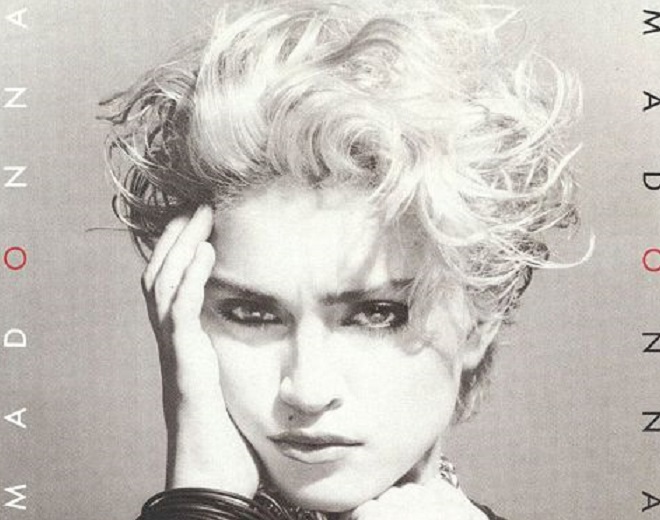No one quite knew what to expect from Madonna’s self-titled debut album. By the time it hit the shelves, in the summer of 1983, the singer-songwriter had already enjoyed a No.3 US dance hit – the Mark Kamins-produced Everybody – but, though she had a growing reputation on the club circuit, her label wasn’t entirely sure how to market the woman who would become a global sensation in just under two years.
Listen to Madonna’s self-titled debut album here.
“I wasn’t in control”
The obvious answer was to pair her with someone who could tease out the R&B leanings of her fledgling style, and let established producers and songwriters help with the rest. Despite writing five of the eight tracks on her debut, Madonna admits she wasn’t really leading the project. “The musicians were all guys who are making a thousand dollars a day in the studio, so we couldn’t rehearse much,” she later recalled. “Halfway through, we all started doubting each other… and I went to England during the recording, so I wasn’t around for a lot of it – I wasn’t in control.”
That was quite a confession from an artist so celebrated for having kept an iron grip on her career for over four decades, but there’s no doubt Madonna’s instincts are all over the Reggie Lucas-produced record. Of its eight songs, three are among Madonna’s most famous hits, and each has something to say about what would follow.
The three principal ingredients
Holiday, a track added at the last minute by her then boyfriend, John “Jellybean” Benitez, became the star-in-waiting’s breakout single. Written by Pure Energy’s Curtis Hudson and Lisa Stevens, it had already been rejected by Mary Wilson and Phyllis Hyman, but the Jellybean production and Madonna’s spirited vocals elevated the song to classic status as it became a worldwide hit across the winter of 1983-1984. Simple, direct and incredibly catchy, it contains the three principal ingredients of Madonna’s early 80s output.




